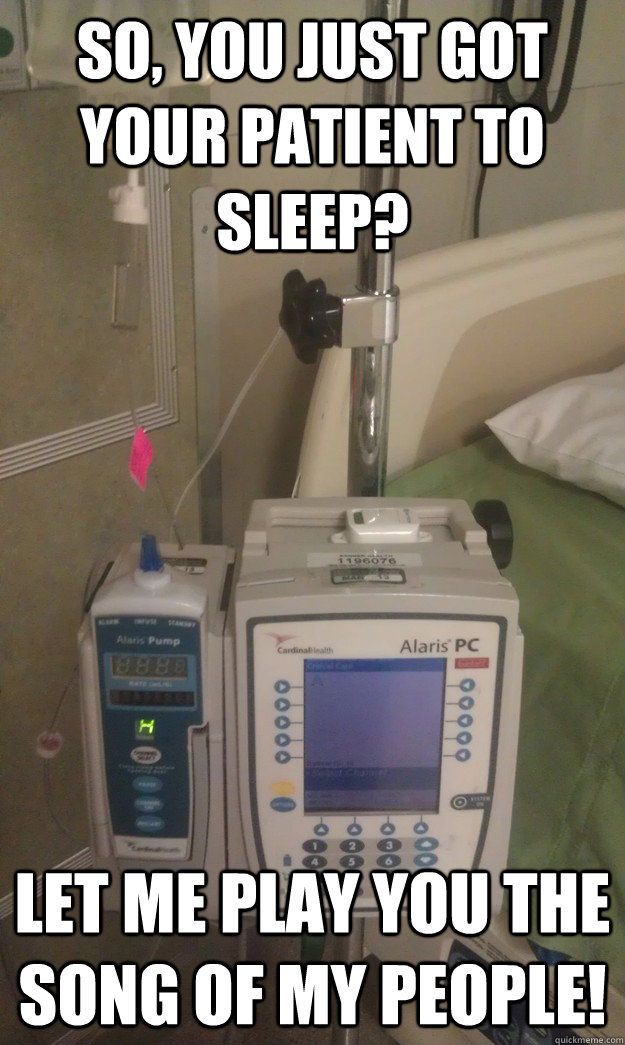NPO
Forum Deputy Chief
- 1,831
- 897
- 113
Why aren't we talking about homeboy GSW? No one specified why the patient needed prehospital access. But a more likely scenario would be a septic patient with a PICC.You don't need a pump to use a PICC line. Why do you think that you do?
You can run high flow rates through PICC lines and other central lines. Can you run infusions faster through a 16 gauge oeripheral IV? I don't; probably. But that is not what we are talking about. We are not discussing running on a GSW and finding that homeboy just happens to have a PICC line in his arm.
I don't mean to beat up on you guys and I understand that you don't have the experience with central lines that most nurses have. (I'm a paramedic, ER nurse, and ICU nurse). However, in the interest of furthering your education, I would encourage everyone to become familiar with the different types of central lines you may encounter as paramedics.
And no one said you NEED a pump either. I just said I don't have one, which means my fluids are by gravity, which is going to be limited, more than a pump.
Fact is, PICC lines do not allow for rapid fluid resuscitation compared to other routes. So I wouldn't be reaching for a PICC line in my GSW patient unless I couldn't get anything else.
Sent from my SM-G935T using Tapatalk
Last edited:



